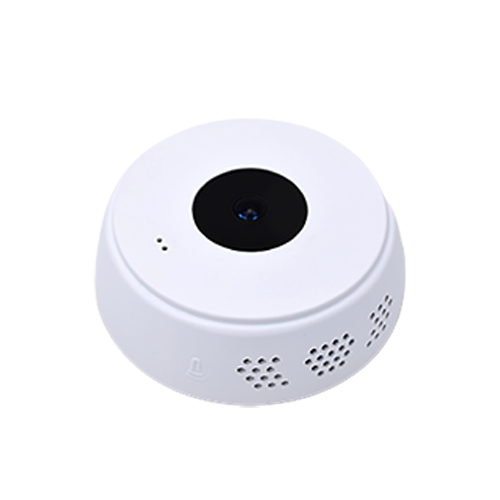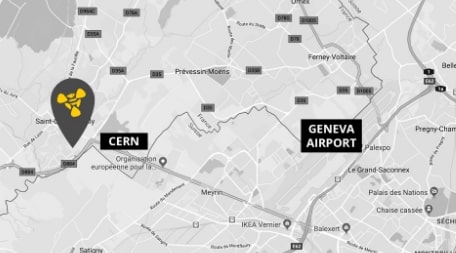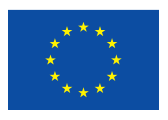A crucial tool in achieving this is understanding foot traffic patterns. People counting technology plays a vital role, providing valuable insights into how people move through an environment. While traditional methods might rely on cameras and facial recognition, these raise privacy concerns. Thankfully, there’s a more discreet and privacy-friendly alternative: Time-of-Flight (ToF) technology.

Understanding Time-of-Flight technology
ToF technology works by emitting a beam of light, typically in the form of infrared (IR) or laser pulses, and measuring the time it takes for the light to travel to an object and back again. By calculating the time-of-flight of each pulse, ToF sensors can create a depth map of the surrounding environment and detect objects within it, including people.
The principle behind ToF technology is similar to that of radar or sonar, but with the key difference that it uses light instead of sound or radio waves. As a result, ToF sensors can provide higher resolution and accuracy than other distance measurement technologies. Additionally, ToF sensors are less sensitive to ambient noise and interference, making them suitable for use in a wide range of environments.
How does Time-of-Flight technology ensure privacy?
When Time-of-Flight technology is used for people counting, it operates in a completely non-intrusive and anonymous manner. The sensors do not capture any personal data or images of individuals, but instead simply detect their presence and movements within a defined space. This means that people counting with ToF technology does not require any consent or permission from individuals, as there is no data being collected that can be used to identify them.
Why camera-based people counting raises privacy concerns?
The camera-based people counting technology can be effective in counting people and collecting data on their movements, it raises significant privacy concerns. Cameras record video footage of individuals, which can include personally identifiable information such as faces, clothing and other distinguishing features. This data can be sensitive and may be used to identify individuals, which is a clear violation of their privacy.
To mitigate these privacy concerns, camera-based people counting technology must be designed and implemented with privacy in mind. This typically involves a process of data anonymization, which removes or obscures any personally identifiable information from the data collected by the cameras. However, even with anonymization, there is always a risk that the data may be de-anonymized or used in unintended ways, which can result in harm to individuals or groups.
Discover Terabee Time-of-Flight people counters
Terabee, who design and manufacture their people counting sensors in the EU, offer the People Counting L-XL LoRa device enabled by LoRaWAN. This eliminates the need to install Ethernet cables or connect to the main IT system. It is also available in a PoE model. This is a highly accurate solution to gather people counting data from large doorways, entrances and indoor gates.
Its smaller sibling, the People Counting M, available in PoE and LoRa models, is suitable for standard doors and narrow corridors, such as for meeting rooms and waiting areas.

Tailor your people counting systems to suit your project’s unique needs. Contact us to speak to an expert about your project’s challenges and requirements.










